Below Graphics as 2013 Story Board Short (PPT): SHORT 1-8
INVITE Robert Steele to Speak & Nurture & Energize!
1957+ Story Board Long: Decision-Support — Analytic Sources, Models, Tools, & Tradecraft 1957-2013
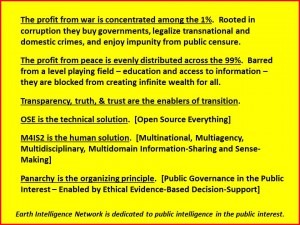
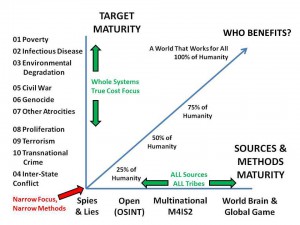
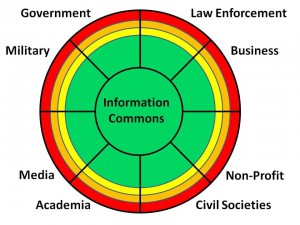
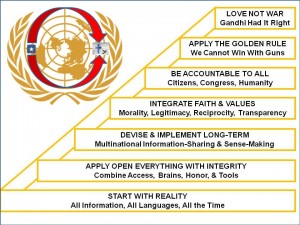
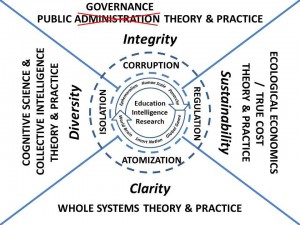
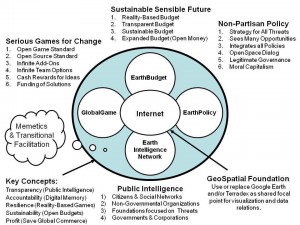
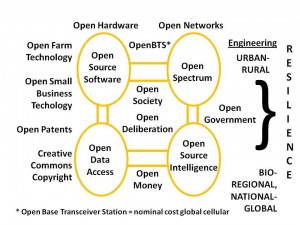
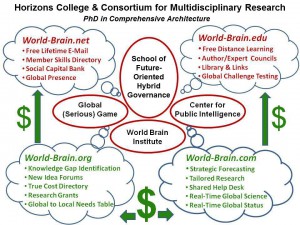
Below Graphics as 2013 Story Board Short (PPT): SHORT 1-8
INVITE Robert Steele to Speak & Nurture & Energize!
1957+ Story Board Long: Decision-Support — Analytic Sources, Models, Tools, & Tradecraft 1957-2013









Disaster Response Plugin for Online Games
The Internet Response League (IRL) was recently launched for online gamers to participate in supporting disaster response operations. A quick introduction to IRL is available here. Humanitarian organizations are increasingly turning to online volunteers to filter through social media reports (e.g. tweets, Instagram photos) posted during disasters. Online gamers already spend millions of hours online every day and could easily volunteer some of their time to process crisis information without ever having to leave the games they’re playing.

Using Social Media to Predict Disaster Resilience
Social media is used to monitor and predict all kinds of social, economic, political and health-related behaviors these days. Could social media also help identify more disaster resilient communities? Recent empirical research reveals that social capital is the most important driver of disaster resilience; more so than economic and material resources. To this end, might a community’s social media footprint indicate how resilience it is to disasters? After all, “when extreme events at the scale of Hurricane Sandy happen, they leave an unquestionable mark on social media activity” (1). Could that mark be one of resilience?

Back in 2003 visionary artist Anne-Marie Schleiner wrote an inspiring paper entitled “Fluidities and Oppositions among Curators, Filter Feeders and Future Artists” describing the future role of online curators as nature's own filter feeders. Anne-Marie is clearly referring to curators to and filter feeder in art world, but her rightful intuitions are equivalently applicable to the larger world of information, data, digital and content curation as well.
But let me explain better.
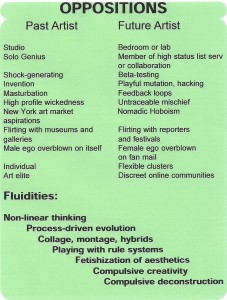
First. The term “filter feeders” is used in nature to describe a group of animals which thrives on its ability to filter organic matter floating around them. From Wikipedia: “Filter feeders are animals that feed by straining suspended matter and food particles from water, typically by passing the water over a specialized filtering structure. Some animals that use this method of feeding are clams, krill, sponges, baleen whales, and many fish (including some sharks). Some birds, such as flamingos, are also filter feeders. Filter feeders can play an important role in clarifying water, and are therefore considered ecosystem engineers.” From Wikipedia: “In marine environments, filter feeders and plankton are ecosystem engineers because they alter turbidity and light penetration, controlling the depth at which photosynthesis can occur.[4]”
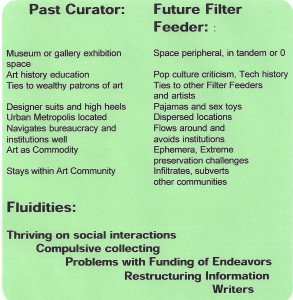
Second. If you re-read this last sentence slowly and look at what it could mean if applied to the field of content curation, it would read to me something like this: “In large information ecosystems like the web, filter feeders/content curators and content itself are ecosystem engineers because they: a) directly influence our ability to inform ourselves effectively and to discern truth from false and useless info (turbidity) b) shed light and clarity on different subjects which would otherwise remain obscure (light penetration) c) determine our ability to make sense of our own generated information streams (photosynthesis).” A very inspiring parallel indeed, giving a way to visualize the true importance and role that curation, disenfranchised from the confines of museums and art galleries, could have on the planetary information ecosystem. Anne-Marie writes: “Most web sites contain hyperlinks to other sites, distributed throughout the site or in a “favorites” section. Each of these favorite links sections serves as a kind of gallery, remapping other web sites as its own contents. Every web site owner is thus a curator and a cultural critic, creating chains of meaning through association, comparison and juxtaposition, parts or whole of which can in turn serve as fodder for another web site's “gallery.” Site maintainers become operational filter feeders, feeding of other filter feeders sites and filtering others' sites. Links are contextualized, interpreted and “filtered” through criticism and comments about them, and also by placement in the topology of a site. The deeper a link is buried, the harder it may be to find, the closer to the surface and the frontpage, the more prominent it becomes, as any web designer can attest to. I am what I link to and what I am shifts over time as I link to different sites… … In the process, I invest my identity in my collection – I become how I filter.” Anne-Marie vision (2003), pure and uninfluenced by what we have seen emerge in the last few years, paints a very inspiring picture of the true role of content curators and of the key responsibility they do hold for humanity's future. Inspiring. Visionary. Right on the mark. 10/10

If you are looking for your ideal content curation toolkit here is my new completely updated supermap, listing in over 30 categories all of the tools and services you may need to curate any content, from video to news. This new supermap includes all of the tools and services that were already listed on NewsMaster Toolkit, with the addition of 25 new tools and with a much better organization of categories and labels. My choice for organizing and recreating this supermap has now fallen on Pearltrees, the only content curation tool that can easily handle most of my key requirements for such a large collection of tools. Nonetheless there are over 400 tools listed in this supermap, Pearltrees makes it a breeze to navigate through them, and to add new ones to the relevant branches. The supermap is now being updated daily.
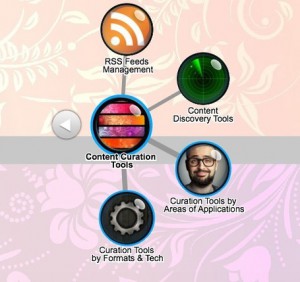
P.S.: I already feel the need for having a PRO account, which could allow me to further edit the pearls collected, to preserve original web pages saved, and to add images to pearls that weren't able to capture one from the web.
Enjoy the new supermap here: http://bit.ly/ContentCurationToolsSupermap. Try it out and let me know what you think. (*and if you think I am missing some tools or can improve with my taxonomy, feel free to send me in your suggestions!)

Boston Marathon Explosions: Analyzing First 1,000 Seconds on Twitter
My colleagues Rumi Chunara and John Brownstein recently published a short co-authored study entitled “Twitter as a Sentinel in Emergency Situations: Lessons from the Boston Marathon Explosions.” At 2.49pm EDT on April 15, two improvised bombs exploded near the finish line of the 117th Boston Marathon. Ambulances left the scene approximately 9 minutes later just as public health authorities alerted regional emergency departments of the incident.

Egypt Twitter Map of iPhone, Android and Blackberry Users
Colleagues at GNIP and MapBox recently published this high-resolution map of iPhone, Android and Blackberry users in the US (click to enlarge). “More than 280 million Tweets posted from mobile phones reveal geographic usage patterns in unprecedented detail.” These patterns are often insightful. Some argue that “cell phone brands say something about socio-economics – it takes a lot of money to buy a new iPhone 5,” for example (1). So a map of iPhone users based on where these users tweet reveals where relatively wealthy people live.